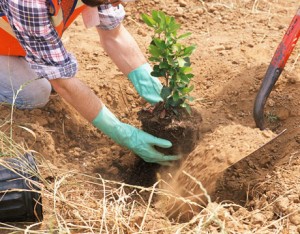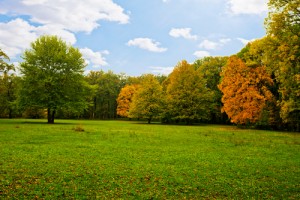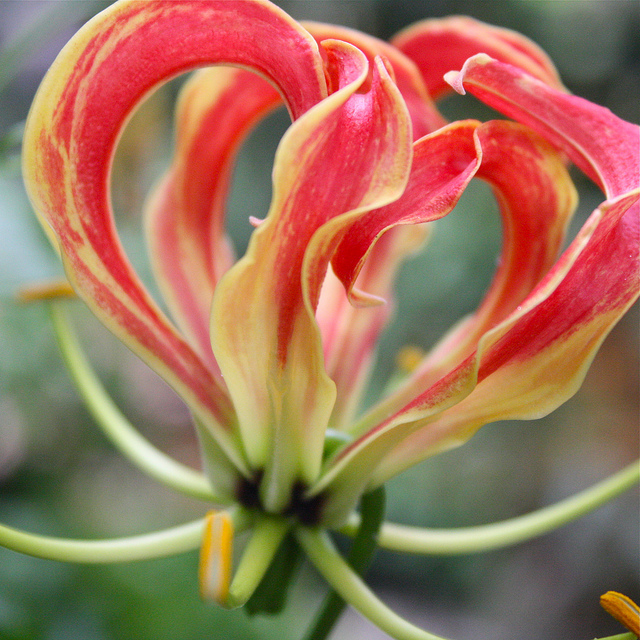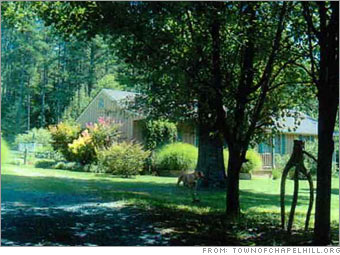 Since 1934, the first Friday in December has been celebrated as Arbor Day in South Carolina. In most states, Arbor Day is celebrated in the spring, but in South Carolina, autumn is a better time to plant trees. Trees planted in fall have as long as possible to settle into their new home before the most stressful time of year for them—the price of xenical heat of summer. Because our soils don’t freeze, tree roots will grow year round in South Carolina, and the better developed a tree’s root system, the more likely it is to survive its first summer.
Since 1934, the first Friday in December has been celebrated as Arbor Day in South Carolina. In most states, Arbor Day is celebrated in the spring, but in South Carolina, autumn is a better time to plant trees. Trees planted in fall have as long as possible to settle into their new home before the most stressful time of year for them—the price of xenical heat of summer. Because our soils don’t freeze, tree roots will grow year round in South Carolina, and the better developed a tree’s root system, the more likely it is to survive its first summer.
The best time to plant a deciduous tree is as soon as it loses its leaves in fall. Planting can be done at other times, but survival of the tree will be less likely, unless it is doted on like a small child, especially when it comes to irrigation.
How to Plant a Tree – Choose your tree carefully. The right plant in the right place is an often repeated landscaping guideline, but it’s especially true for trees, which might live for many decades. Make sure your tree is suitable for the spot in which you want to plant it, that it will thrive with the light, moisture and soil conditions present and won’t get too large for the space.
Buy a healthy tree. Consider the branch structure and how it will develop in the future—avoid trees with wounds, very tight branching angles, or co-dominant leaders; don’t hesitate to examine the root system to make sure it’s healthy and the tree is not excessively pot-bound; roots circling the root ball will have to be cut or removed. Smaller specimens have less immediate visual impact than larger trees, but they are quicker to establish, more likely to survive, and usually “catch-up” to their larger counterparts in a few years. They are also less expensive.
 When you’re ready to plant your tree, examine the top of the root ball. Locate the top-most root. This should be near the top of the soil. If it is buried deeply under the potting soil, remove the soil over it. After the tree is planted, the top-most root should be at or above ground level. By locating the top-most root, you’ll know how deep to dig the planting hole (an inch or two shallower than the distance from the bottom of the root ball to the top-most root). Dig the hole several times as wide as the root ball. Think shallow and wide—shallower is better than deeper, and the wider the better. Leave the excavated soil next to the hole; you’ll need most of it to fill in around the root ball.
When you’re ready to plant your tree, examine the top of the root ball. Locate the top-most root. This should be near the top of the soil. If it is buried deeply under the potting soil, remove the soil over it. After the tree is planted, the top-most root should be at or above ground level. By locating the top-most root, you’ll know how deep to dig the planting hole (an inch or two shallower than the distance from the bottom of the root ball to the top-most root). Dig the hole several times as wide as the root ball. Think shallow and wide—shallower is better than deeper, and the wider the better. Leave the excavated soil next to the hole; you’ll need most of it to fill in around the root ball.
Remove the tree from its container or unwrap the fabric around the root ball. If there are roots circling the root ball, unwind or cut and remove them. Also remove any damaged or dead roots you see.
Place the tree in the hole and position it in the most pleasing orientation. Remove as much fabric and wire as possible if any is present. Backfill the hole with the excavated soil. Don’t add any amendments to the soil. Water the soil well so as to remove any air pockets. The soil should be lightly packed into place, not excessively compacted (don’t stomp on it). If planting on a slope, you can use any extra soil to create a circular berm around the circumference of the down hill side of the planting hole to direct water to the root ball. Remember not to plant the tree too deep—the top inch or two of the root ball should be above ground level. Planting a tree too deep can cause a long, slow, lingering death.
Newly planted trees can benefit greatly from mulch. Mulch will keep the soil warmer in the winter and cooler and moister in the summer and will help keep weeds from competing with the tree for water and nutrients. As the mulch decomposes, it will improve the soil’s texture and nutrient levels. Mulch on top of the original root ball and touching the trunk, however, can do more harm than good. Add 2–4” of mulch from the edge of the root ball out to the tree’s drip line or beyond. The mulch should hide the exposed inch or two of the side of the root ball. The material used as mulch is primarily an aesthetic choice, so pick one that looks good and replenish it as needed.
Except in very windy locations, staking is usually not necessary.
 Water well. Water religiously for the first year or two, even if you’re an atheist. Especially in warm weather and with well draining soil, your tree may need a deep watering more than once per week. Use your finger to check the soil moisture in the tree’s root zone—if it’s dry, water your tree.
Water well. Water religiously for the first year or two, even if you’re an atheist. Especially in warm weather and with well draining soil, your tree may need a deep watering more than once per week. Use your finger to check the soil moisture in the tree’s root zone—if it’s dry, water your tree.
Resources
Info on Arbor Day: www.clemson.edu/extfor/publications/forlf23
Other tree resources:
http://hort.ifas.ufl.edu/woody/plan-success.shtml
www.na.fs.fed.us/spfo/pubs/howtos/ht_prune/prun001.htm
www.ces.ncsu.edu/depts/hort/consumer/hortinternet/trees_specific.htm




